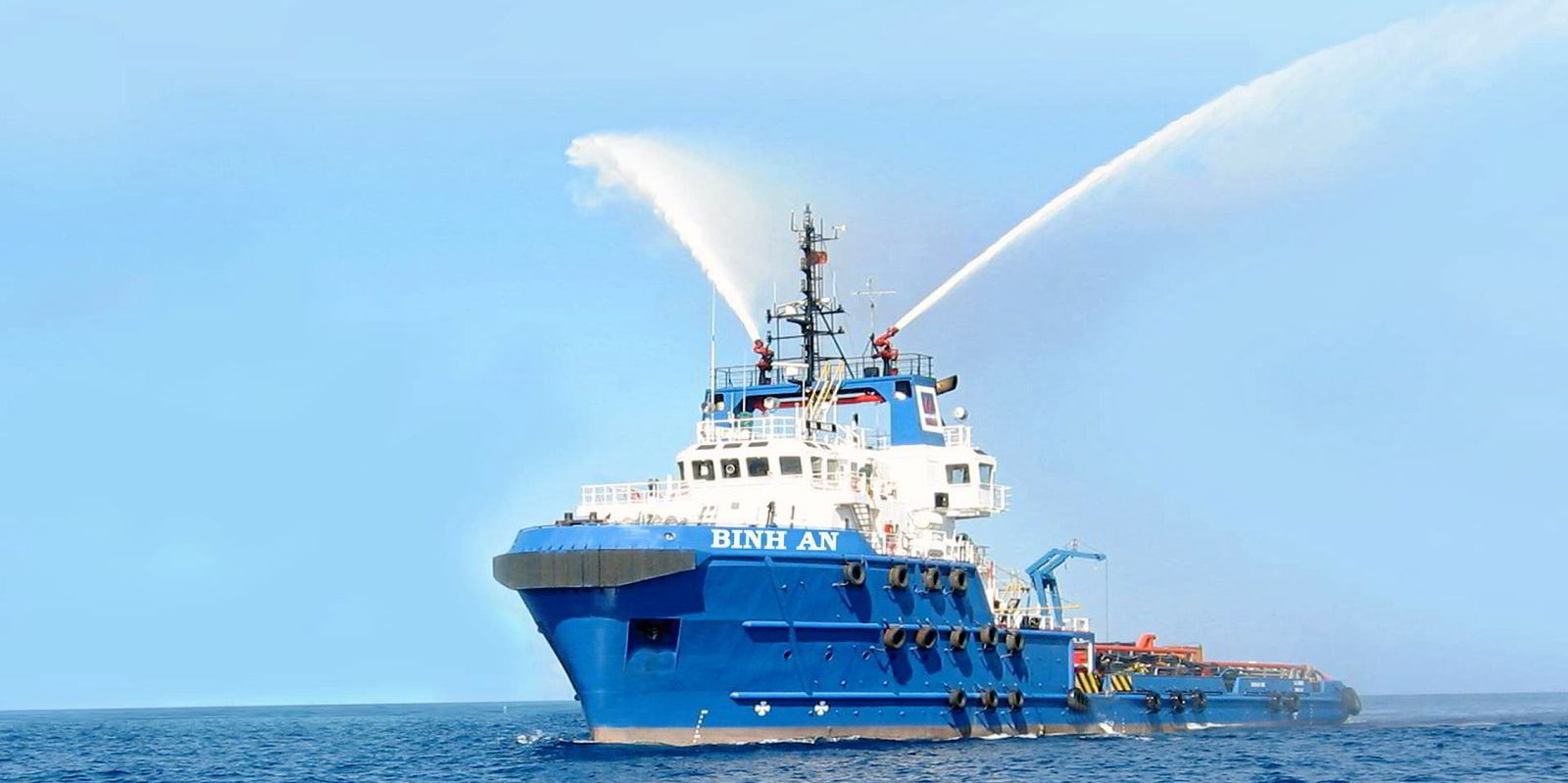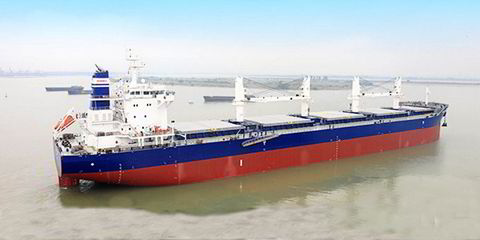Clarksons Research is seeing indications that shipowners could be returning to shipyards for new offshore support vessels (OSVs) after staying away for the best part of a decade.
The sector’s prolonged slump is now over and unwanted ships have been whittled away through sales outside the oil and gas industry.
Clarksons Research managing director Steve Gordon said markets continued to strengthen in the first six months of 2023.
The Clarksons offshore index, covering rig, OSV and subsea ship rates, was up 18% across the first half, its highest level since 2014.
“Constraints in supply continue to impact market dynamics, following the multi-year rebalancing/removal of tonnage during the long downturn,” he added.
Vessel supply growth remains modest, he explained, with only small numbers of “legacy” newbuildings delivering from what he calls the “stranded inventory” at shipyards.
Reactivations from lay-up are also getting more “tricky”, with viable ships having already been brought back.
All this means there are now “some signs of increased newbuilding interest emerging”, Gordon said.
These might take the form of small anchor-handling tug supply ships backed by deals with national oil companies, or multipurpose support ships, he believes.
But a return to shipyards could be gradual.
Scars remain for banks
Gordon said there are still challenges securing finance, with lenders having an increasing environmental focus — and “scar tissue” remains from previous losses in the sector.
Then there are relatively high newbuilding prices and fuel-choice uncertainty.
But he said: “Macroeconomic concerns aside, the outlook for offshore markets remains encouraging, with demand well set and supply looking constrained.”
Gains in demand are continuing, but at a slower pace: up 1% in the first half, compared with an 8% rise in 2022.
Global OSV utilisation rose to 72% by the start of July, the highest level since 2015, Clarksons Research calculated.
The rig market enjoyed a strong first half, with the Clarksons rig rate index up by 74% since the beginning of 2021.
A 4% year-on-year gain in demand has taken utilisation to 85%.





